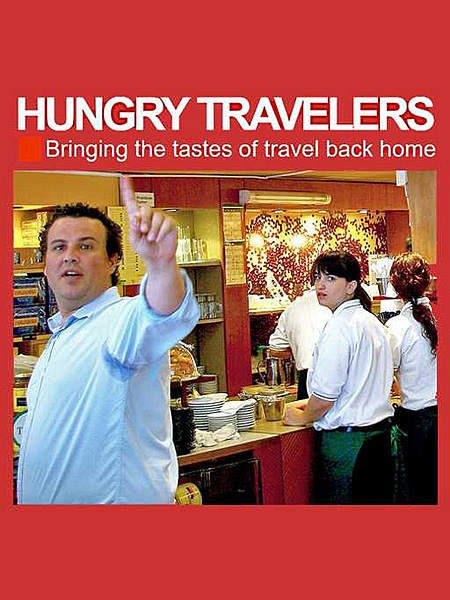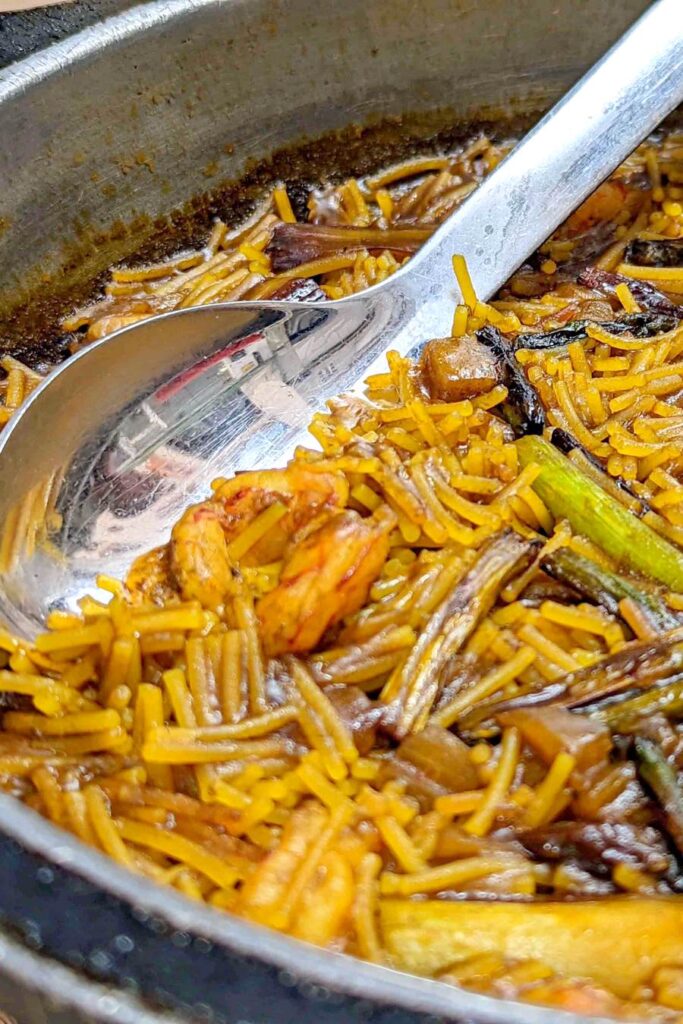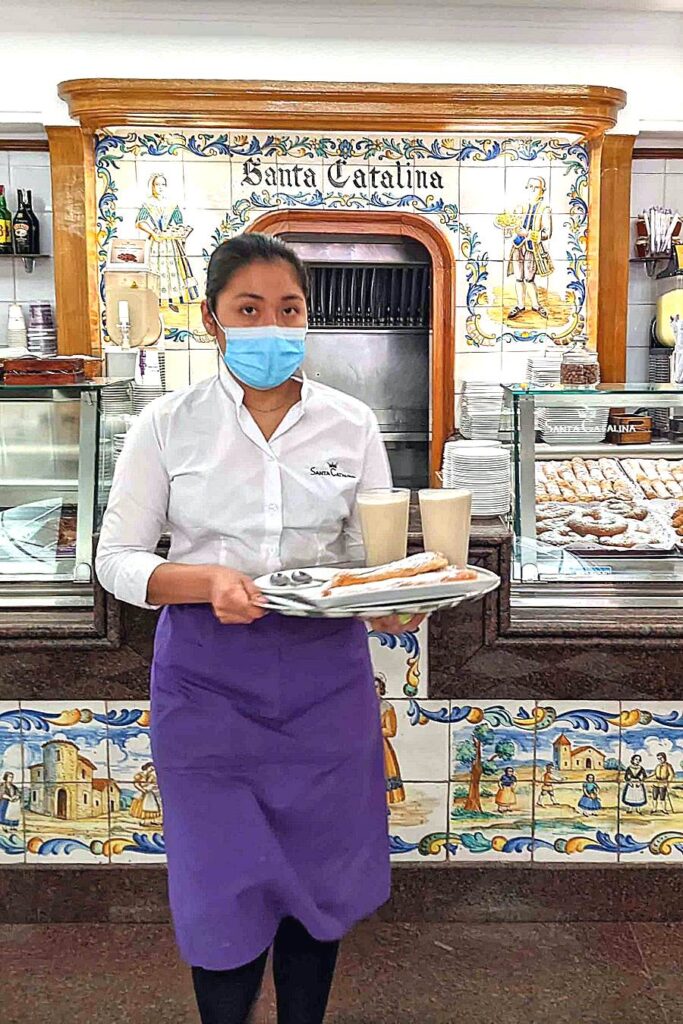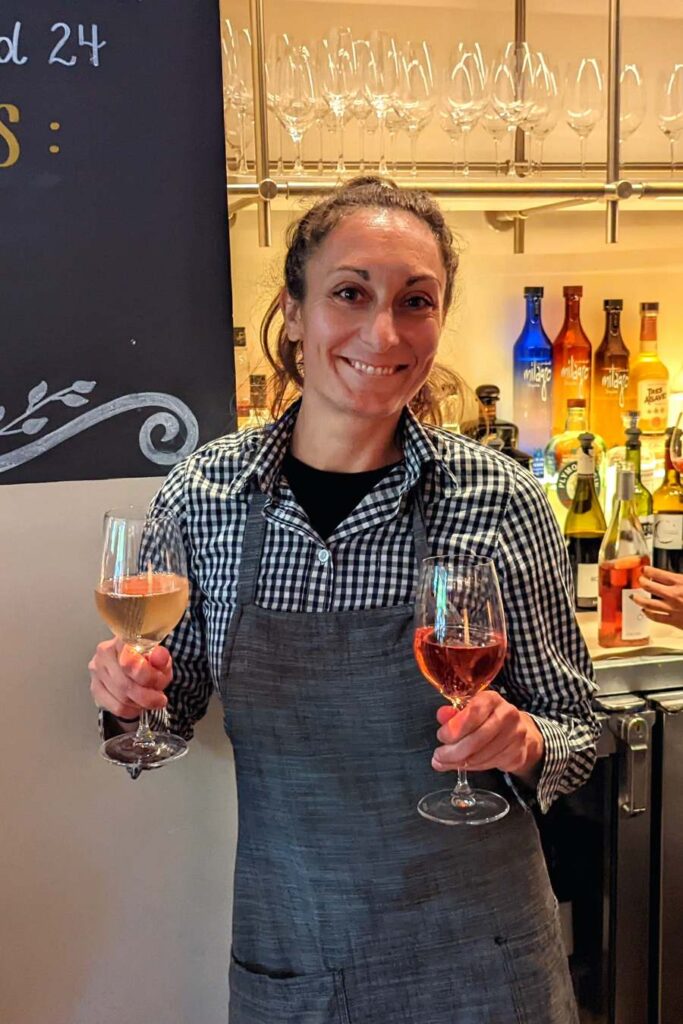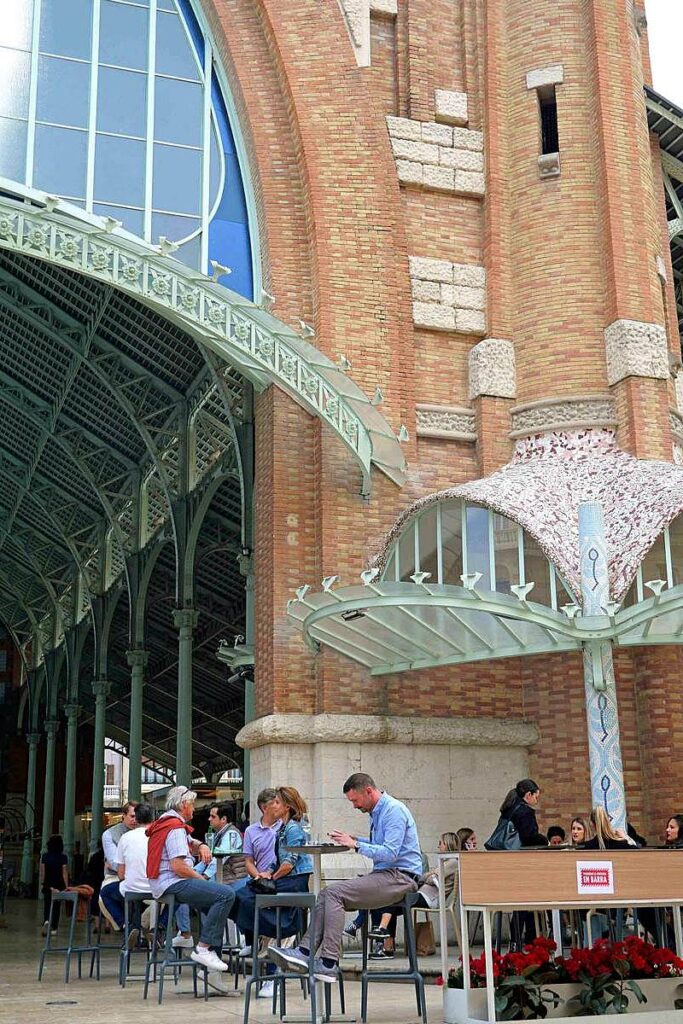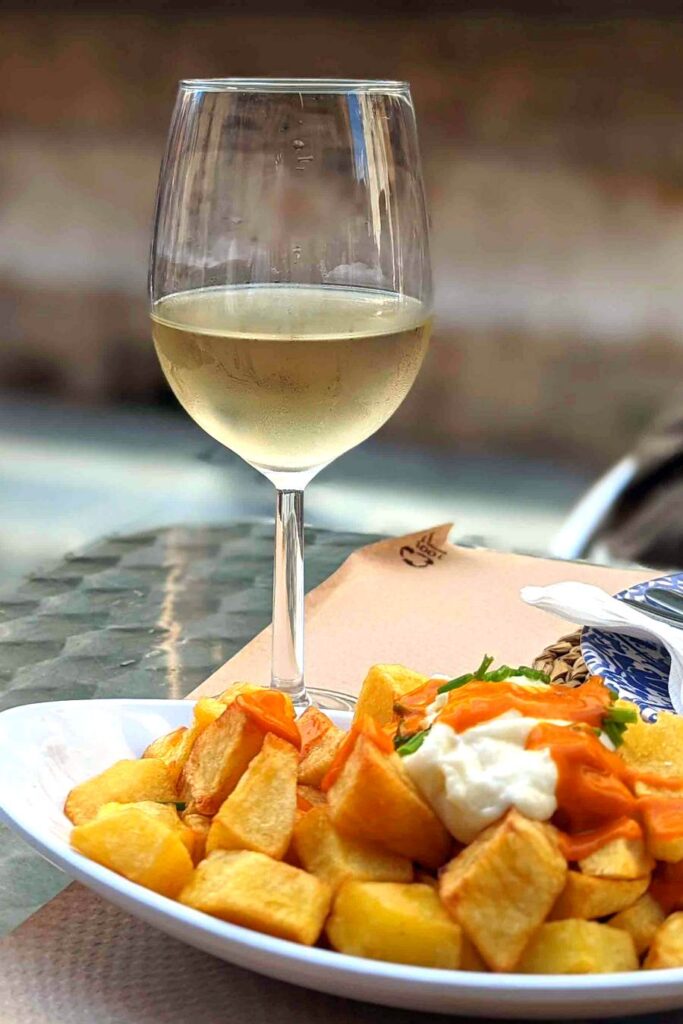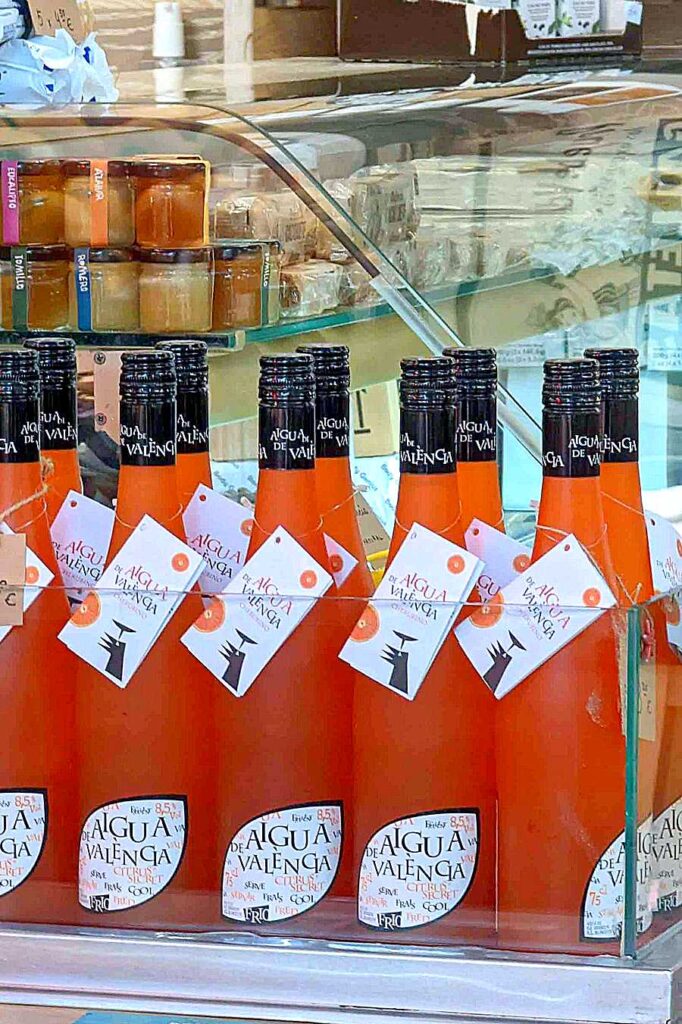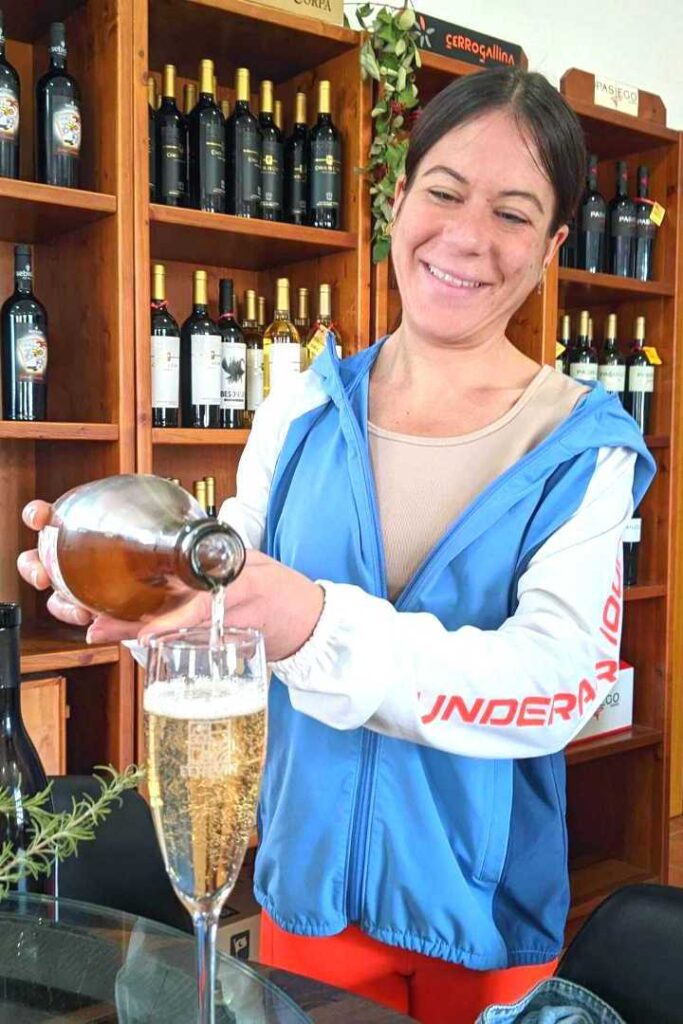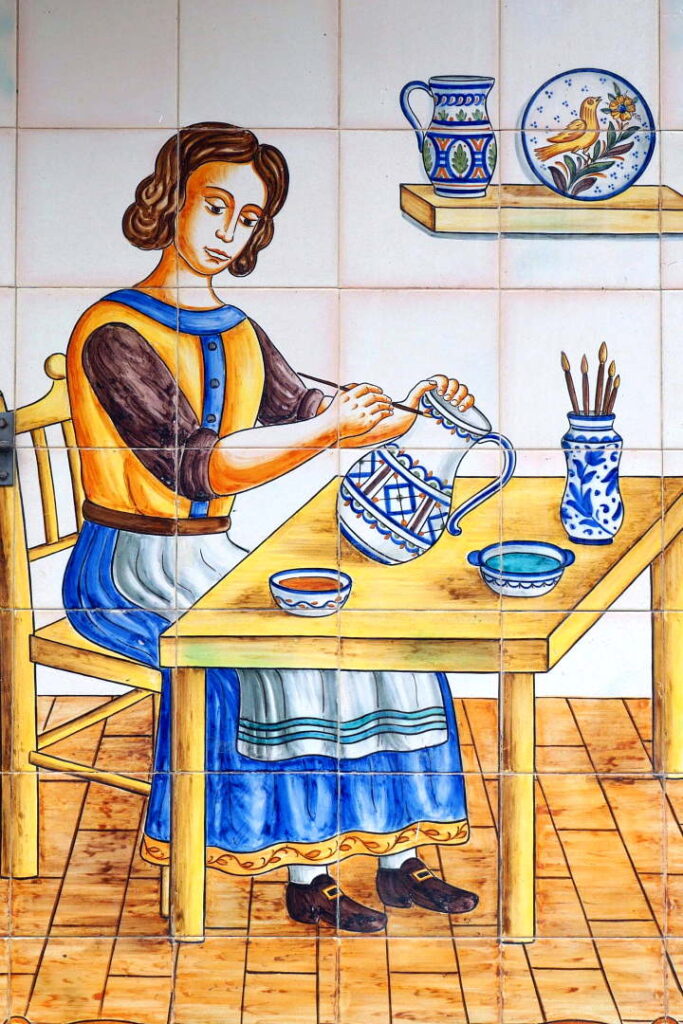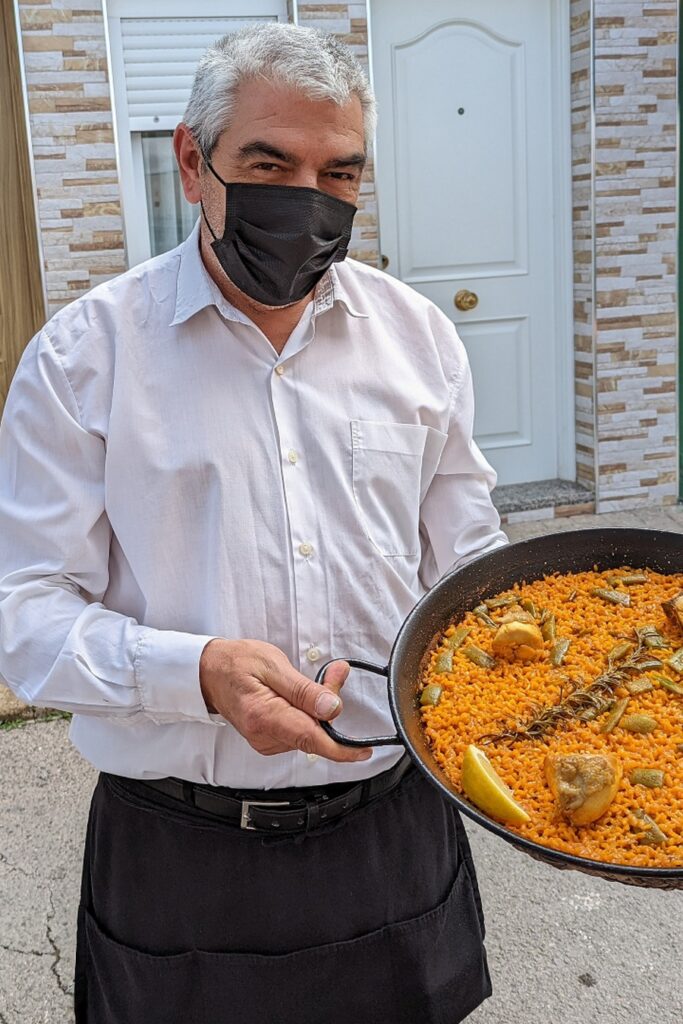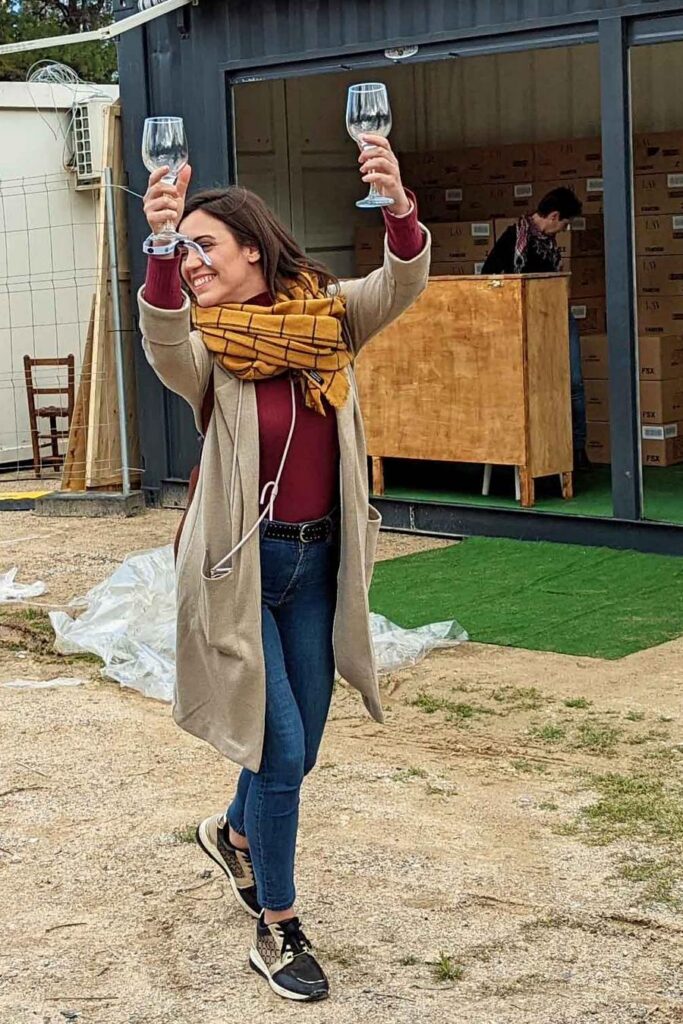
La Mostra PROAVA explores Valencian wines
When we asked at the Valencia regional tourism office about wine touring, one staff member suggested that if we waited a week, we didn't need to go to the wines. They would come to us. La Mostra PROAVA (the PROAVA exposition) was scheduled at the Turia linear park. Created in 1993 with the help of the regional government, PROAVA is a cheerleader for artisanal wine and food from the region's three provinces: Valencia, Castellón, and Alicante. The 32nd Mostra offered more than 150 wines along with loads of beer, cheese, sausages, pates, oils, marmalades, and regional sweets. Dutifully, we bought our €10 tickets online, scouted out the park to see where the gates would be, and arranged to be near the front of the line...Read More
